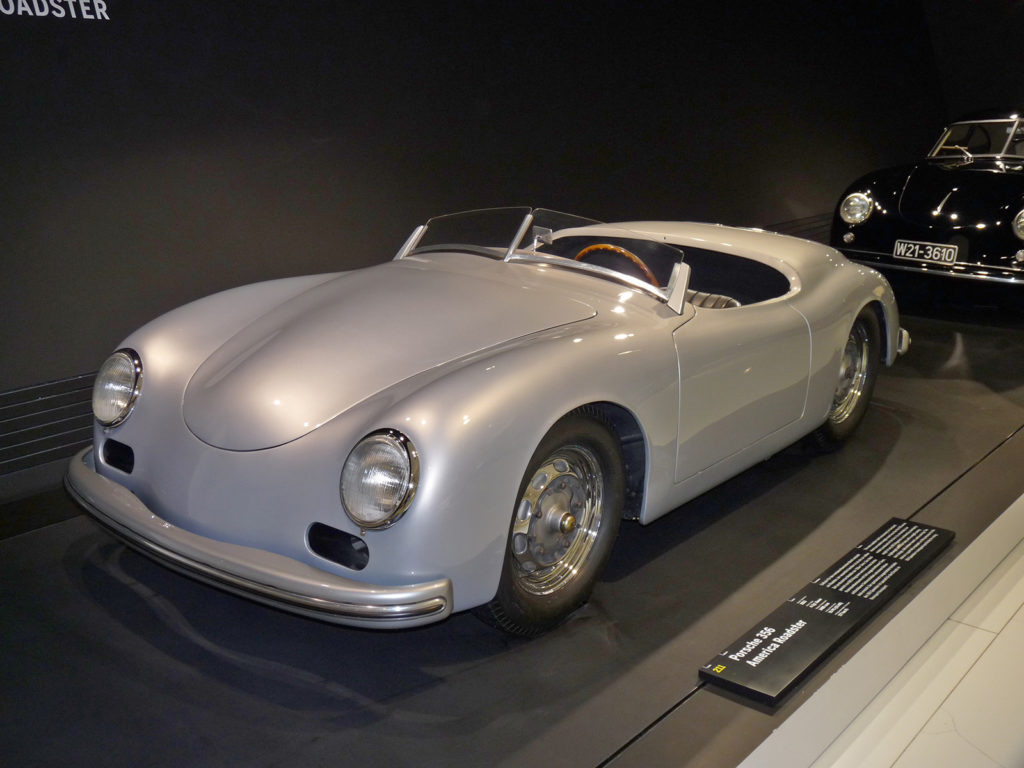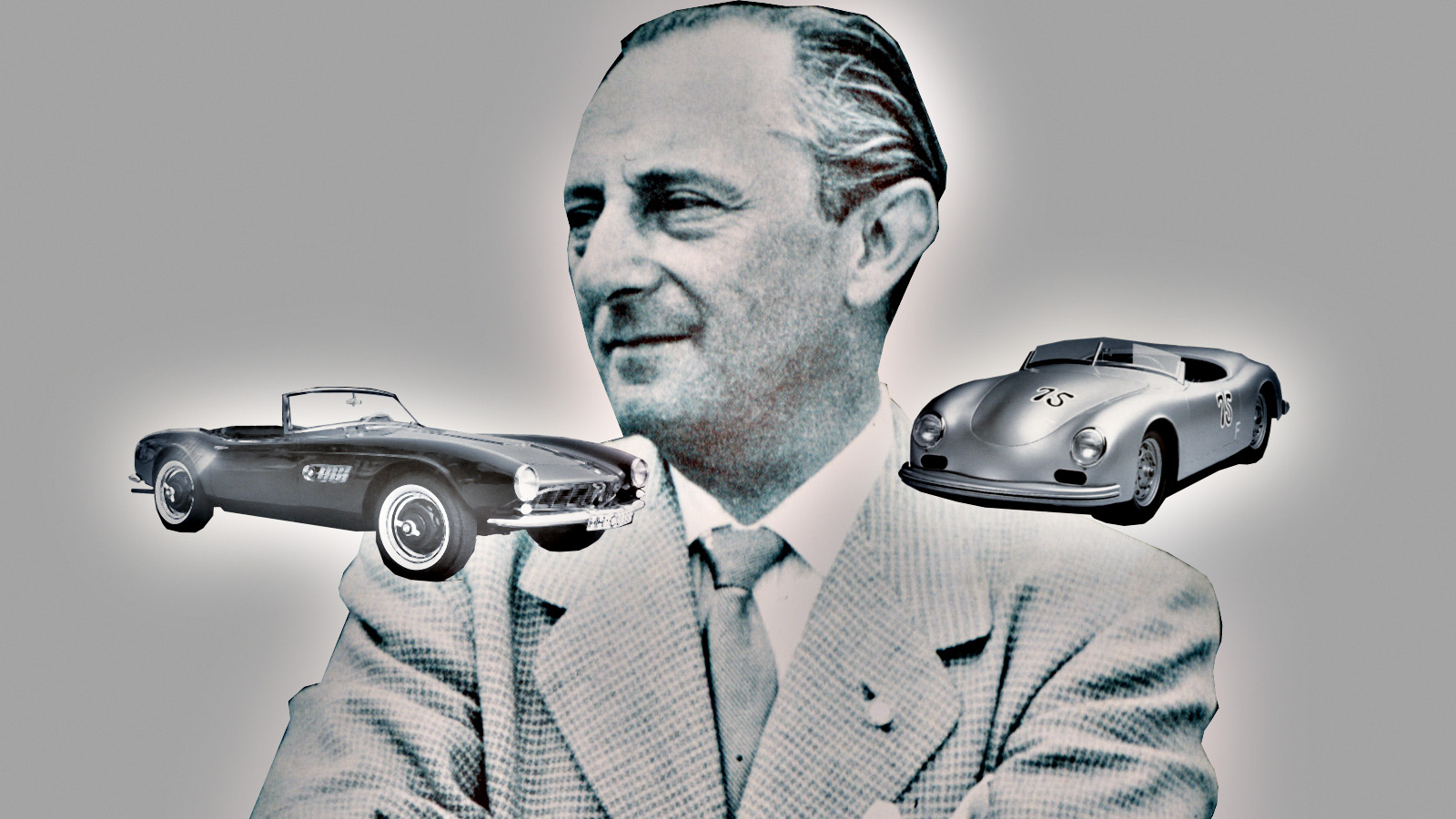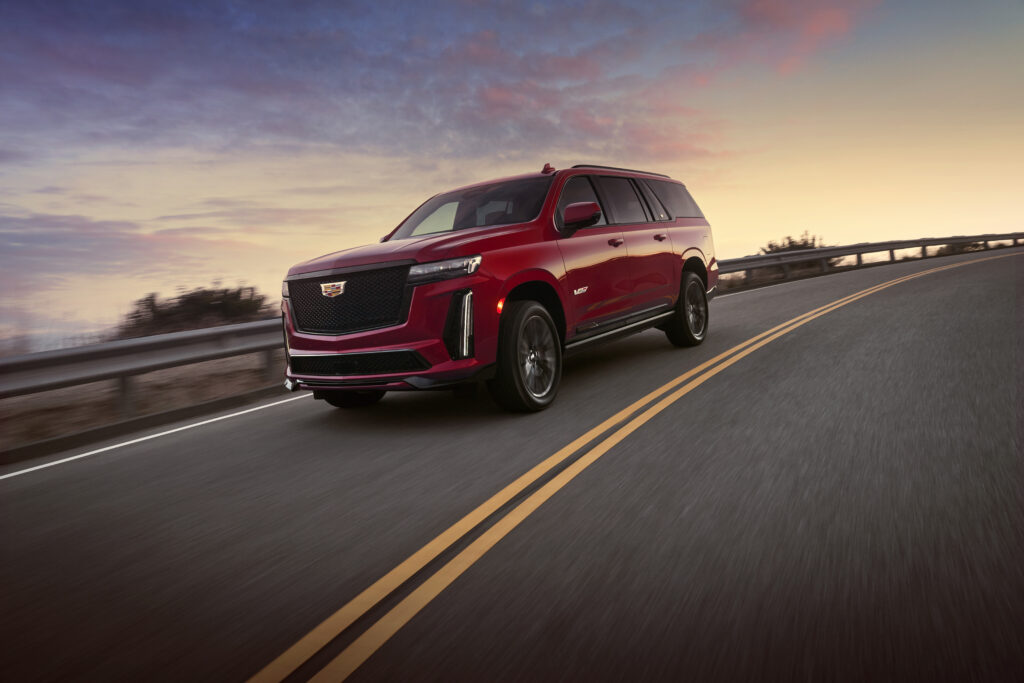Our daily business started in a most peculiar way. It’s the tale of a man, some beautiful sports cars, and an Indian Maharaja.
It’s no secret that since its inception, the automobile has been an object of desire to many, but – especially when it was first introduced – only an accessible mode of transportation for few. If you look at Europe around the beginning of the 20th century, there were countless manufacturers producing precious pieces of art and craftsmanship. Names like Voisin, Delahaye, Delage, Horch, and Hispano Suiza filled the dreams of early drivers. Some of those names are still relevant today: Rolls Royce, Bentley, Mercedes-Benz, Bugatti, or later Porsche, and BMW. They all had one thing in common: They crafted luxury artifacts that catered to the ultra-rich.
As this desire for automobiles spread worldwide, the first instances of automotive imports and exports appeared. Wealthy people all over the world wanted to get their hands on a precious automobile, no matter the cost. Instead of the RoRo-Carriers that we utilize today, there were some known cases of early cars being transported on sleds pulled by elephants to their final destinations. Many of those cars just rested in their aristocratic homes due to the lack of proper road infrastructure. It was only in the early 1920s, about 35 years after the car’s invention, that the slow sales progress of cars finally produced the first retail structures, similar to those of today.
From royal revenge to recreational roadsters
One exciting anecdote from this period centers around Jai Singh Prabhakar, the Maharaja of the former princely Indian state of Alwar, and his special taste for exclusive Rolls Royce cars. The extremely rich Maharaja (so the story goes) used to buy them in bulk. One day, he was not recognized at a local dealership, so as an act of revenge, he bought all the cars on the showroom floor and had them used as road sweepers.
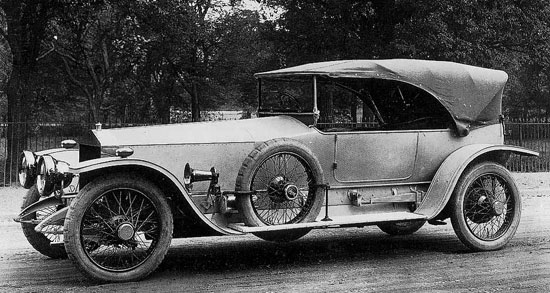
Another exciting tale – well, very many actually – focuses on one of the earliest industrial-level car importers, Max Hoffmann. Not only was he a successful salesman in his heyday, but also a person that many sports car lovers can thank to this day. Why, you may ask? Well, without him, we probably wouldn’t have the open sports car as we know it today.
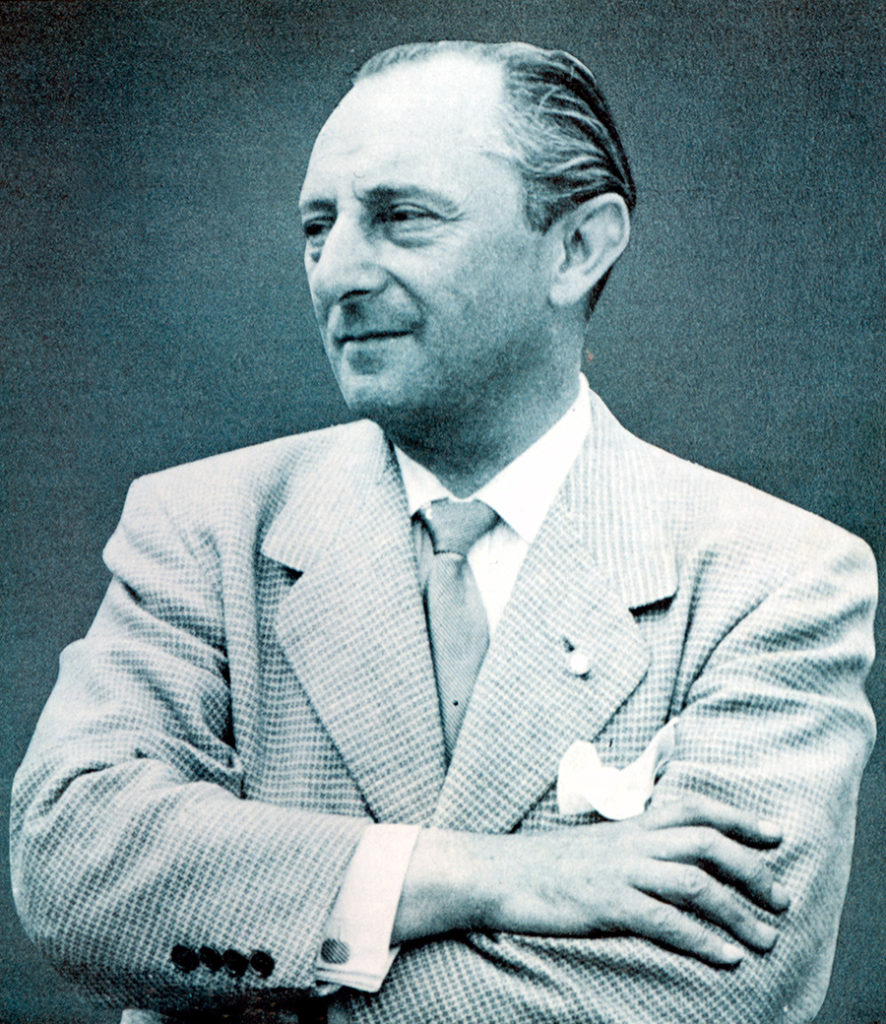
In the first few decades of the automobile, cars were mostly open or featured canvas-top constructions. As coachbuilding became more and more elaborate, the rich and famous chose closed, steel-roof constructions. From then on, open cars were primarily only used because they were cheaper to build, or for sporting purposes, where it was crucial to save some weight. Aerodynamics became more important and teardrop-shaped vehicles began to dominate racing and record driving. By the 1950s, and people’s everyday runabouts looked mundane compared to the coveted sports cars of the age.
Max Hoffmann was born in Austria in 1904, had to flee from the terrors of the Nazi regime at an age of around 35, due to his Jewish faith. He had just started to officially import Volvo cars to his home country. After having set foot in New York, soon noticed that wealthy Americans didn’t have many options outside of thick-chromed limousines, Duesenbergs, Lincolns, and Cadillacs. They wanted something new and exciting. Not for racing around the track, as was popular in Europe, but merely to see and be seen around the boulevards of shining cities like Los Angeles.

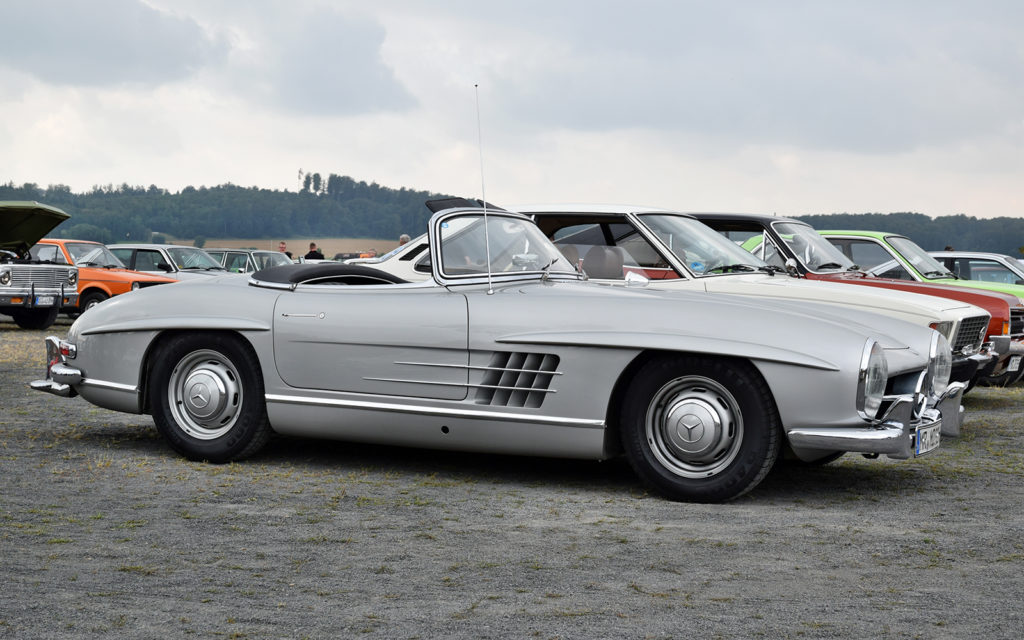
Hoffmann just knew that, if only the right models were available, people would buy these exciting European cars. So, he used his old pre-war contacts and reached out to Mercedes, Porsche, and BMW. All three were (and still are) famous for their sports cars or powerful sedans. His recipe was simple: create models that would be especially attractive to wealthy American buyers. And the manufacturers, after some consolidation time, took him for his word. They created more luxurious versions of famous sports models, like the Mercedes 300 SL “Gullwing” or the Porsche 356, just for the purpose of being sold in the US. BMW took another approach and used parts of their 502 series luxury sedan, installed them in a new, leaner chassis, and had the result covered in a timelessly elegant design penned by German designer Albrecht Graf Goertz – the 507 Roadster was born.
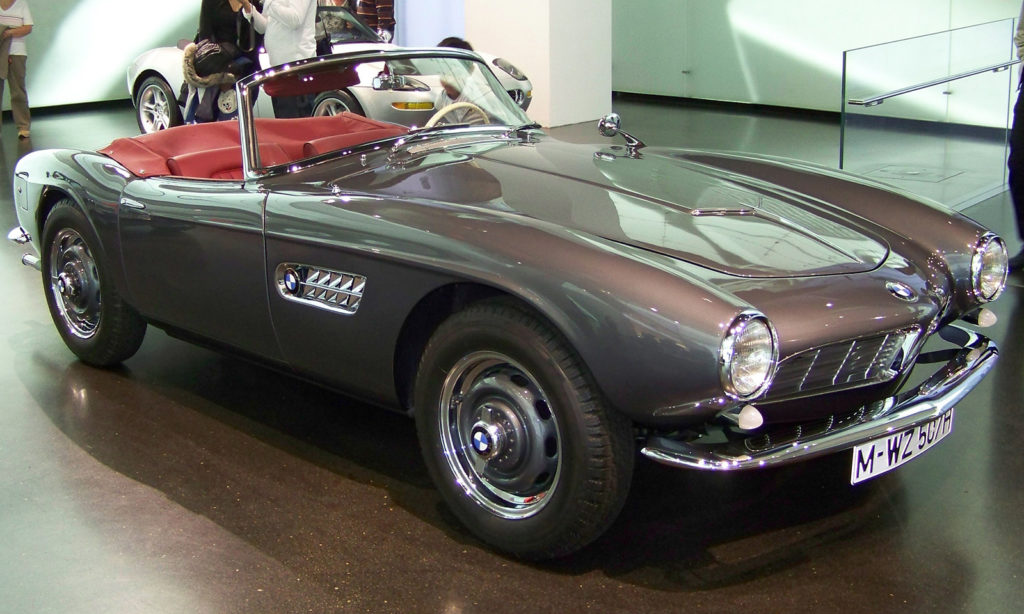
Hoffmann’s plan worked out immensely well. Without him, we would probably not have the luxury cars we now know and love. So back in the 1950s certain models were created just to cater to the taste of a specific target buyer. Isn’t that astonishing? In the automotive world of today, economical production and high-margin series play a vastly more important role. Changing an entire body style or creating a whole new model is unheard of.
Nevertheless, a bit of Max Hoffmann’s spirit can be found in our daily work here at AEC. In our Vehicle Processing Center, we convert cars for road-legal use in Europe or other markets, making sure that they are certified for use abroad even if their original construction did not intend that. Just as Hoffmann did so many years ago, we are connecting buyers around the world with the exciting models and brands they love.
